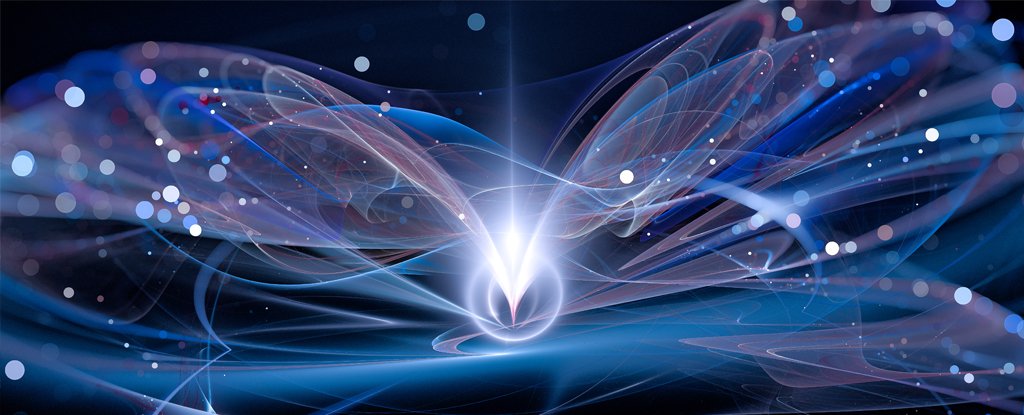Our research addresses two fundamental questions related to the emergence of classicality:
- Defining Classical or Almost-Classical States: To clarify the quantum-classical boundary,
it is essential to identify what constitutes "classical" states within a quantum system.
Such states should bridge the gap between the quantum and classical descriptions. Key considerations include:
- Minimum Uncertainty States: These states, such as Gaussian wave packets, minimize the uncertainty product
of complementary observables like position and momentum. They often exhibit behavior closely resembling
classical trajectories, suggesting they might serve as candidates for classical states.
- States with Environmental Information Proliferation: Another perspective arises from quantum Darwinism,
which suggests that states qualifying as classical are those that proliferate their information redundantly
into the surrounding environment. Such states allow consistent observations by multiple independent observers,
a hallmark of classicality.
- A Dynamical Notion of Classicality: Classicality is not merely a static property but
often emerges dynamically as a system evolves and interacts with its environment. We are interested
in developing a dynamical framework for classicality that can be quantitatively defined and observed
in real quantum systems. This involves addressing questions such as:
- How do quantum systems transition toward classical behavior over time?
- Can we quantify classicality dynamically using measures such as decoherence, predictability, or robustness of certain states?
- What role does the system's interaction with the environment play in shaping its trajectory toward classicality?
Our goal is to define a tangible and operational notion of dynamical classicality that connects
with experimental observations, leveraging tools like open quantum systems theory, quantum
information measures, and stochastic dynamics. By addressing these questions, we aim to shed light
on the mechanisms through which classical behavior emerges from quantum foundations, advancing our
understanding of the quantum-classical boundary and its implications for foundational questions and
practical applications in quantum technologies.
